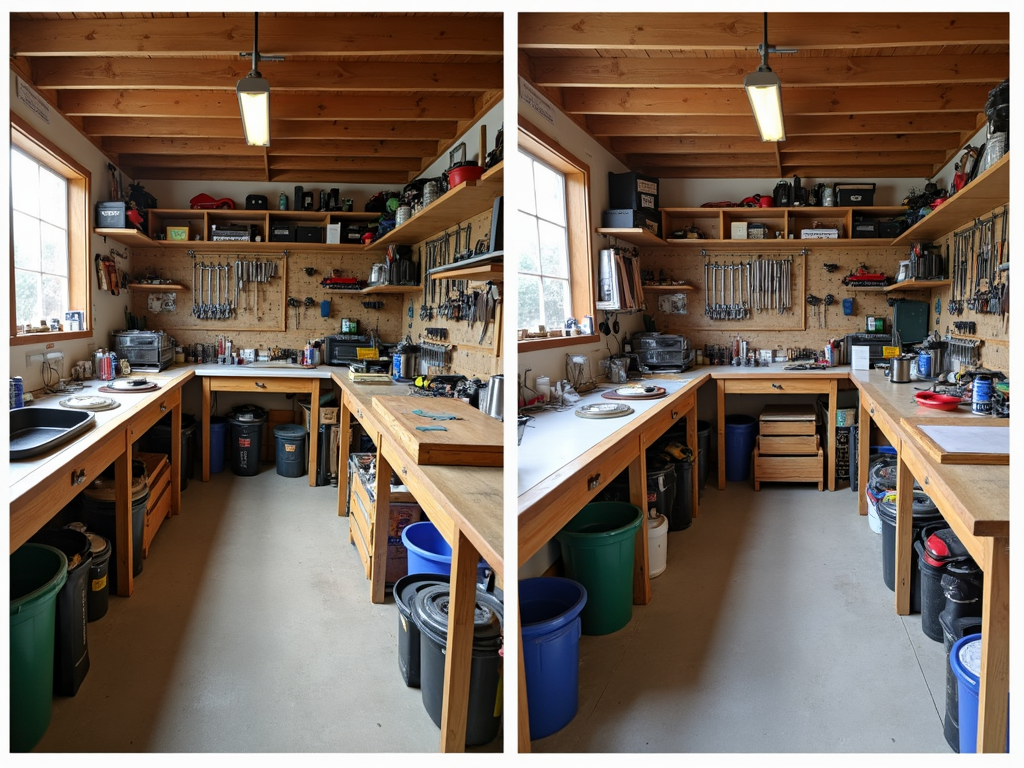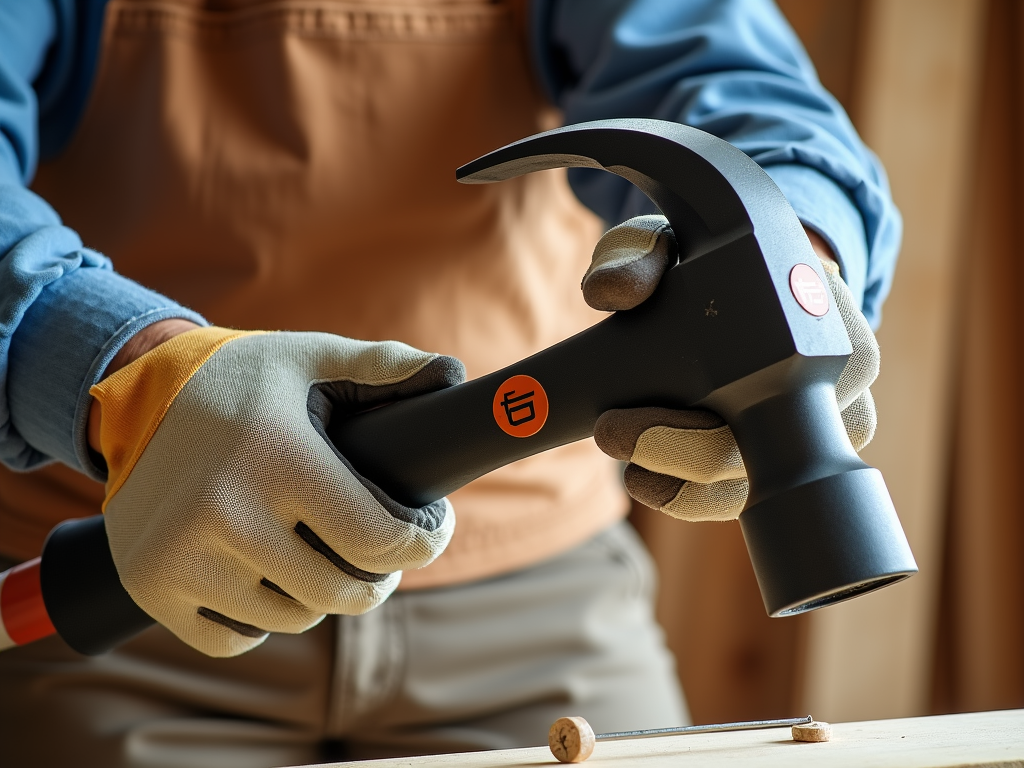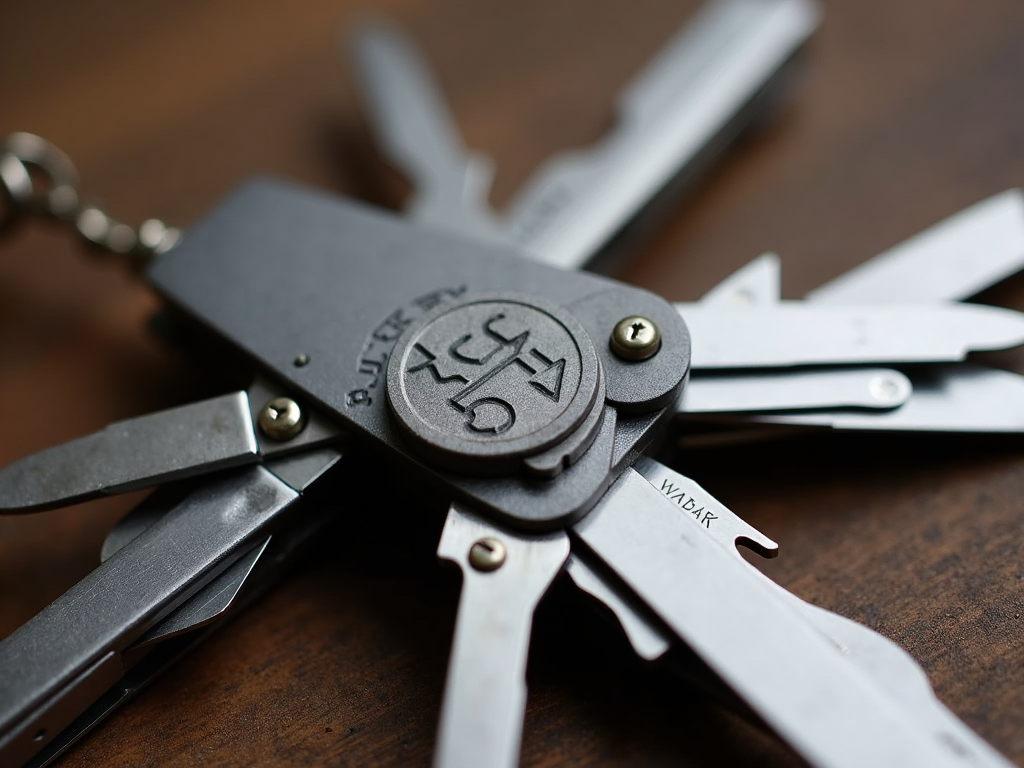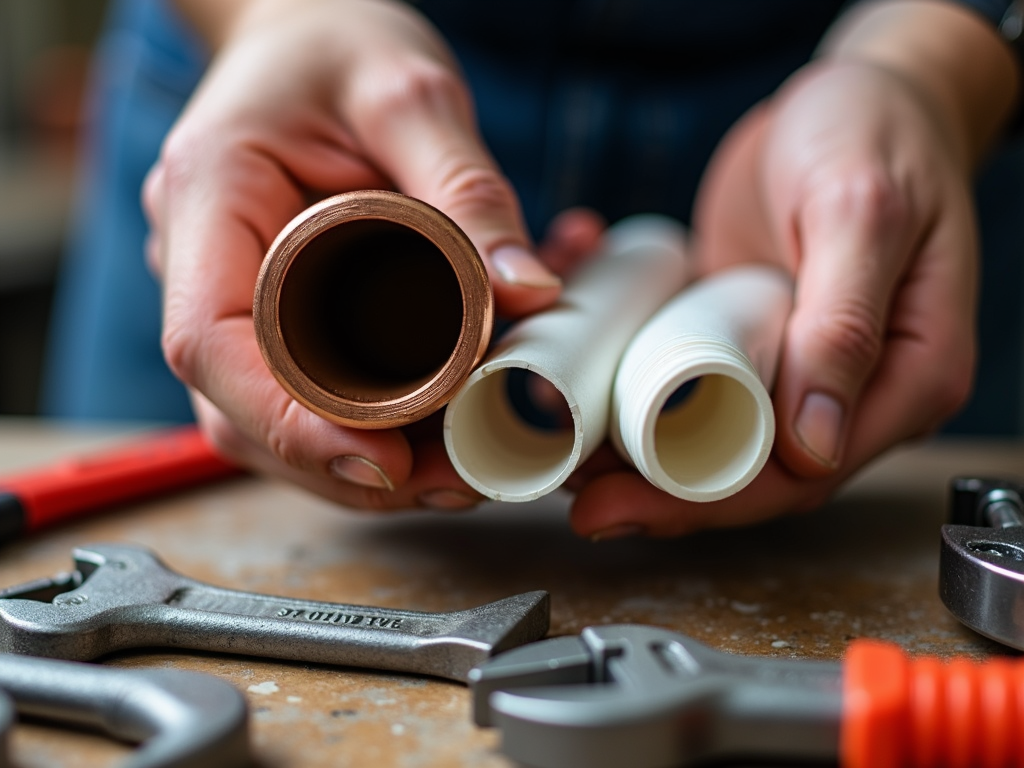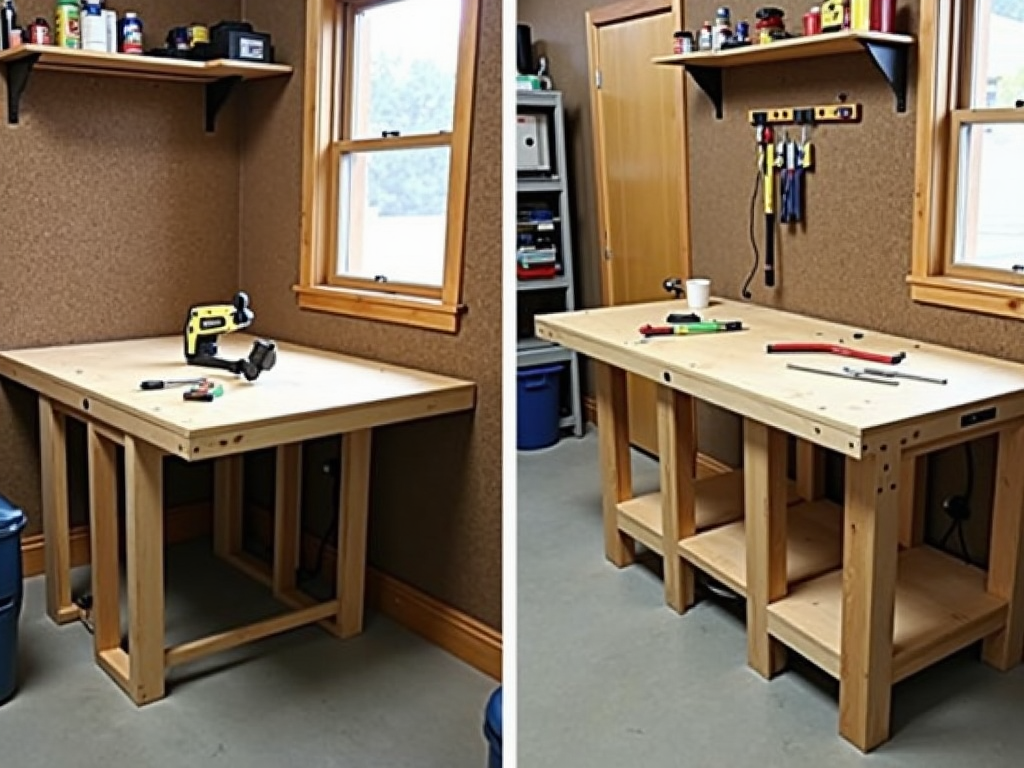Power tools are an investment, and proper maintenance is key to ensuring they last for years and perform at their best. In this guide, we'll cover essential tips for maintaining your power tool collection, with a special focus on cordless drills. From cleaning and storage to battery care and beyond, you'll learn how to keep your tools in top shape.
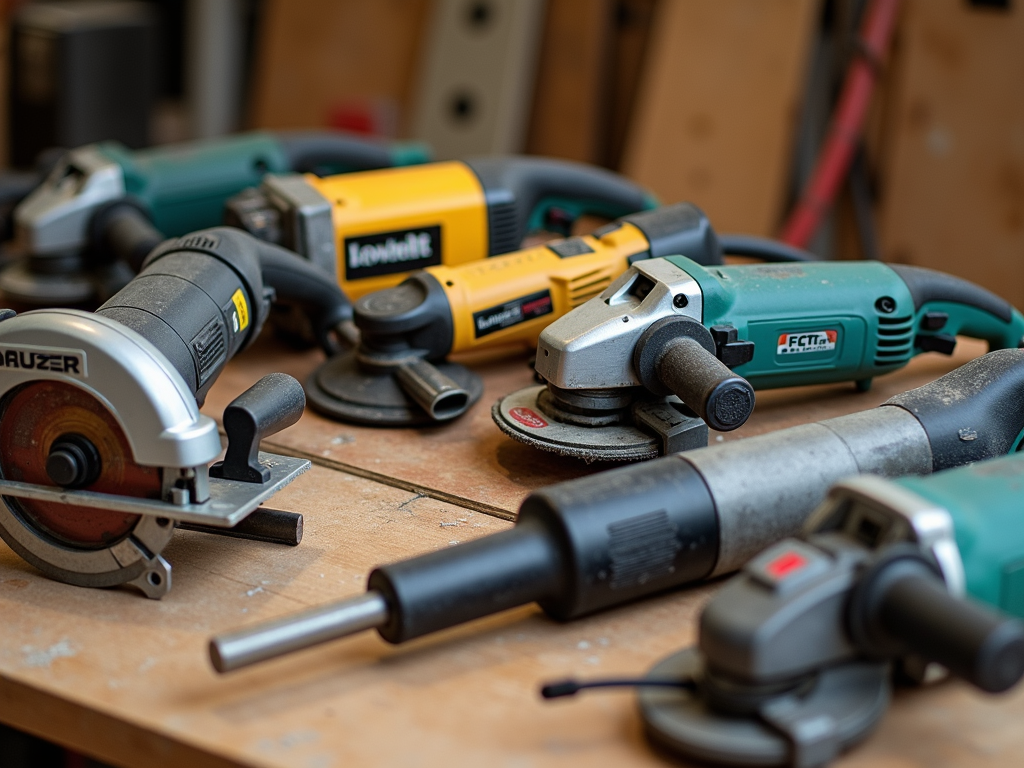
General Power Tool Maintenance Tips
Whether you're a DIY enthusiast or a professional tradesperson, taking care of your power tools is crucial. Here are some general maintenance tips that apply to most power tools:
Cleaning and Storage
After each use, make sure to clean your power tools. Remove any dust, debris, or residue that may have accumulated during use. For cordless tools, pay special attention to the battery contacts. Use a soft brush or cloth to gently clean the tool, and avoid using water or harsh chemicals unless specified by the manufacturer.
Proper storage is also important. Store your tools in a dry, cool place, away from direct sunlight and moisture. Consider using a toolbox or a dedicated storage cabinet to keep them organized and protected.
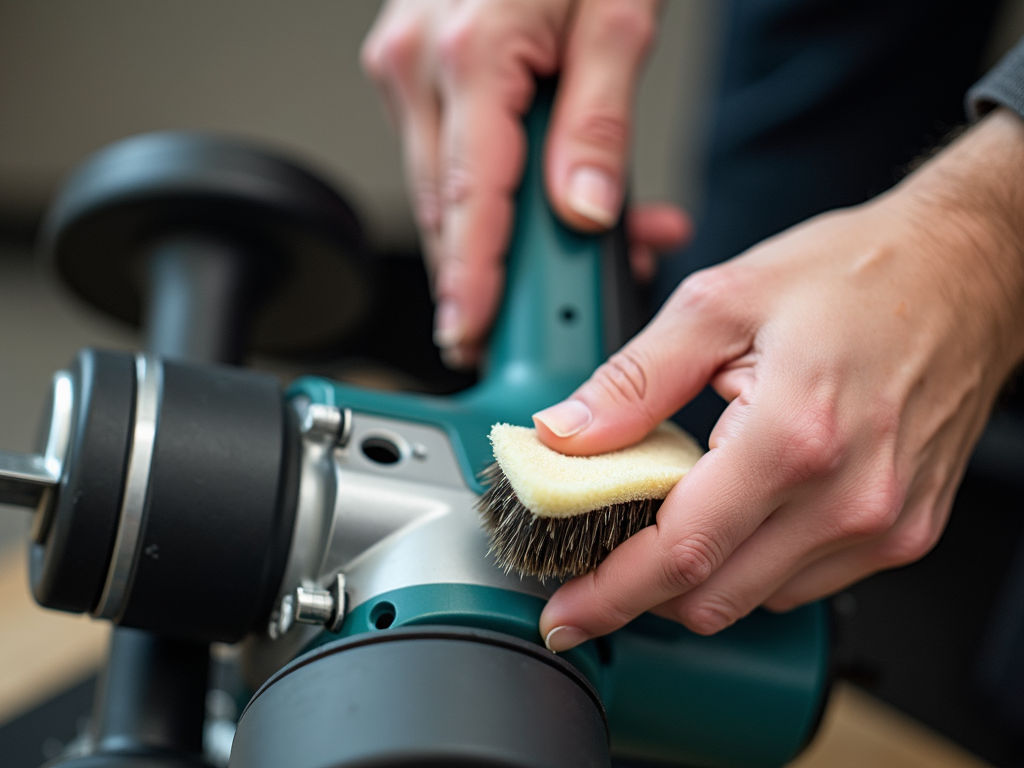
Lubrication
Many power tools have moving parts that require lubrication to function smoothly. Check your tool's manual for specific lubrication points and recommended lubricants. Regularly applying the right lubricant can prevent wear and tear and extend the life of your tool.
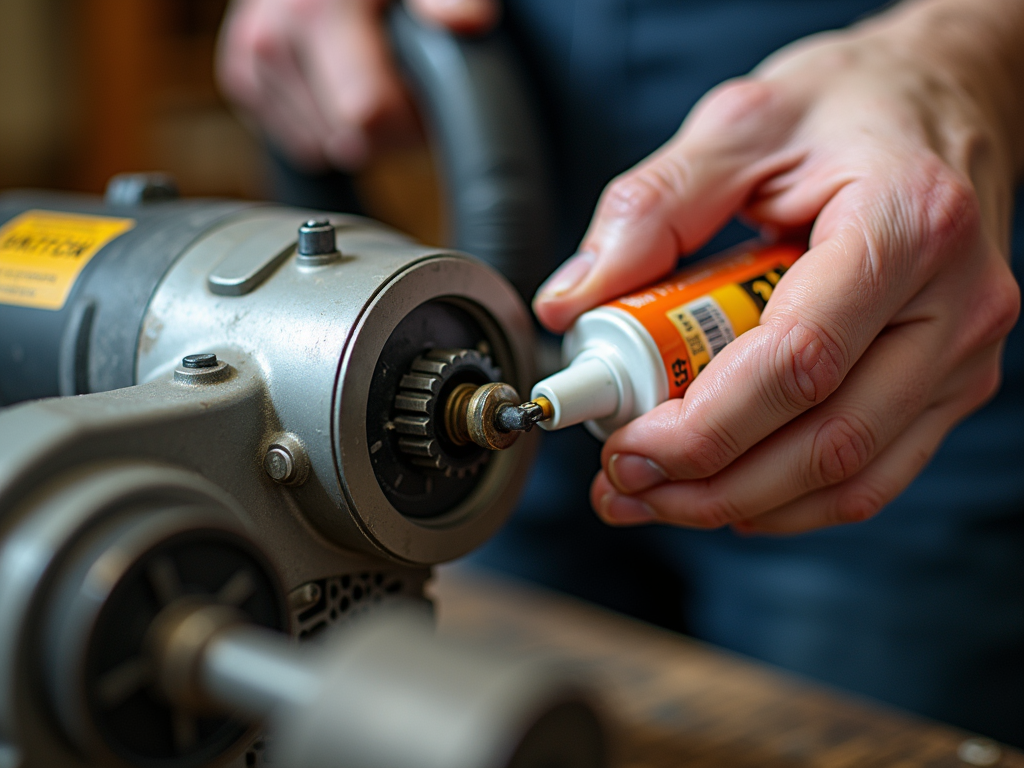
Checking for Wear and Tear
Regularly inspect your power tools for signs of wear and tear. Look for frayed cords, loose parts, or any damage that could affect performance or safety. If you notice any issues, address them promptly. For cordless tools, check the battery for swelling or leakage.
Battery Care (for Cordless Tools)
Since many power tools are cordless, proper battery care is essential. Here are some tips:
- Charge Properly: Follow the manufacturer's instructions for charging. Avoid overcharging, as it can reduce battery life.
- Store Correctly: If you're not using the tool for an extended period, store the battery at about 50% charge in a cool, dry place.
- Avoid Extreme Temperatures: High temperatures can damage batteries, so keep them away from heat sources.

The Ultimate Guide to Cordless Drill Care
Cordless drills are among the most versatile and commonly used power tools. To keep yours performing at its best, follow these maintenance tips:
Battery Maintenance and Optimization
As mentioned earlier, proper battery care is crucial. In addition to the general tips, here are some specifics for cordless drills:
- Use the Right Charger: Always use the charger that came with your drill or one recommended by the manufacturer.
- Avoid Deep Discharges: Try not to let the battery drain completely before recharging. Frequent deep discharges can shorten battery life.
- Keep Contacts Clean: Ensure the battery contacts are clean and free of corrosion. Use a cotton swab and rubbing alcohol if necessary.
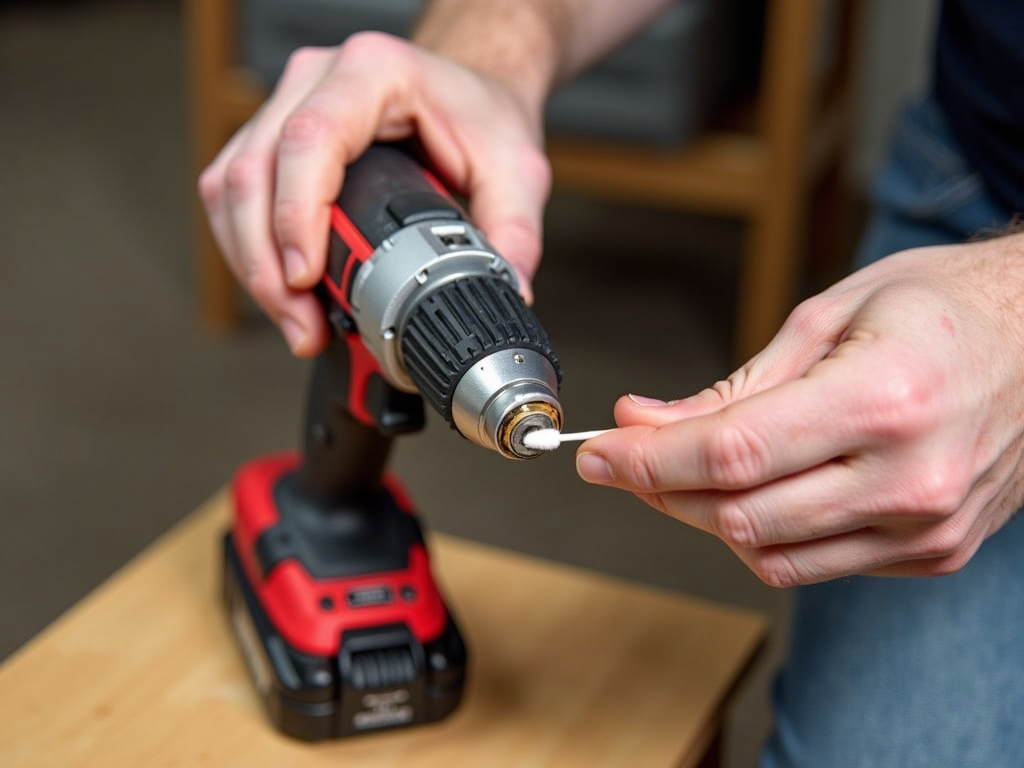
Chuck and Bit Care
The chuck is the part of the drill that holds the bit. To maintain it:
- Keep it Clean: Remove any debris or dust from the chuck jaws.
- Lubricate Occasionally: Apply a small amount of lubricant to the chuck mechanism as per the manufacturer's instructions.
- Check for Wear: If the chuck is not holding bits securely, it may need to be replaced.
For the bits themselves:
- Store Properly: Keep bits in a case or organizer to prevent damage.
- Sharpen When Necessary: Dull bits can strain the drill motor. Sharpen or replace them as needed.

Motor and Gear Maintenance
The motor and gears are the heart of your cordless drill. To keep them in good condition:
- Avoid Overloading: Don't force the drill to perform tasks beyond its capacity. Use the right drill for the job.
- Listen for Unusual Noises: If you hear grinding or other strange sounds, stop using the drill and have it inspected.
- Keep Vents Clear: Ensure the ventilation slots are free of dust and debris to prevent overheating.
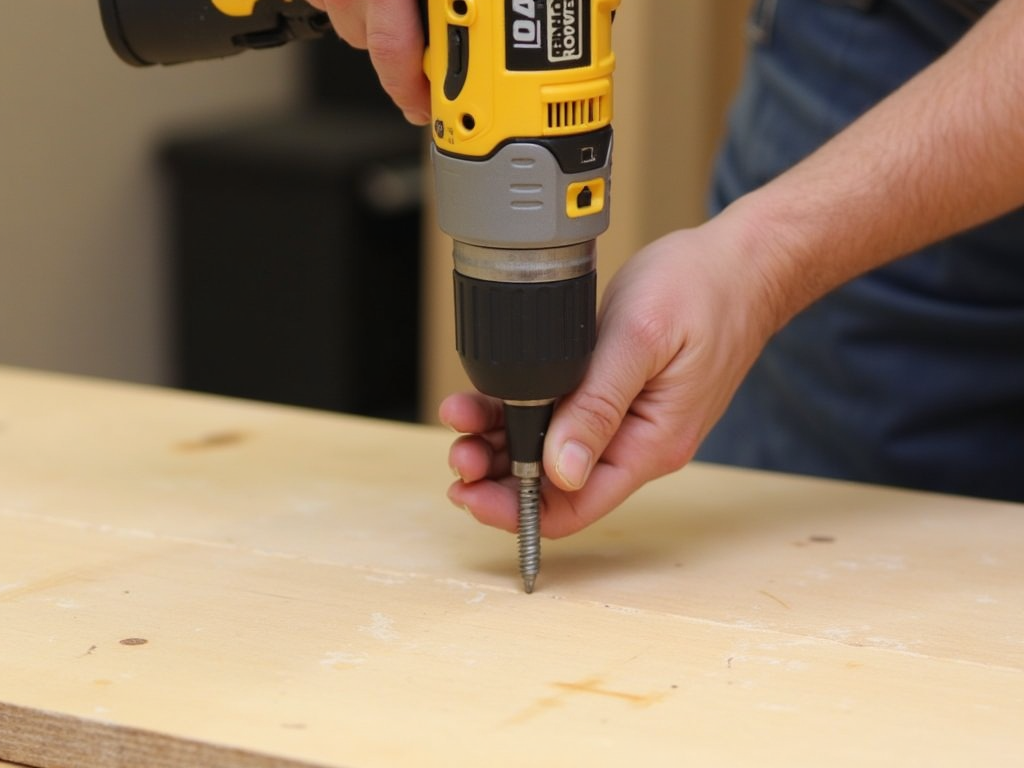
Common Mistakes to Avoid
Even with the best intentions, it's easy to make mistakes when maintaining power tools. Here are some common pitfalls to watch out for:
Overlooking Regular Maintenance
Many people forget to perform regular maintenance until something goes wrong. Set a schedule for cleaning and inspecting your tools to catch issues early.
Using the Wrong Tools or Accessories
Using incompatible bits or accessories can damage your drill. Always use the correct size and type for your tool.
Ignoring Safety Precautions
Always follow safety guidelines when using and maintaining power tools. Wear appropriate protective gear and work in a well-ventilated area.
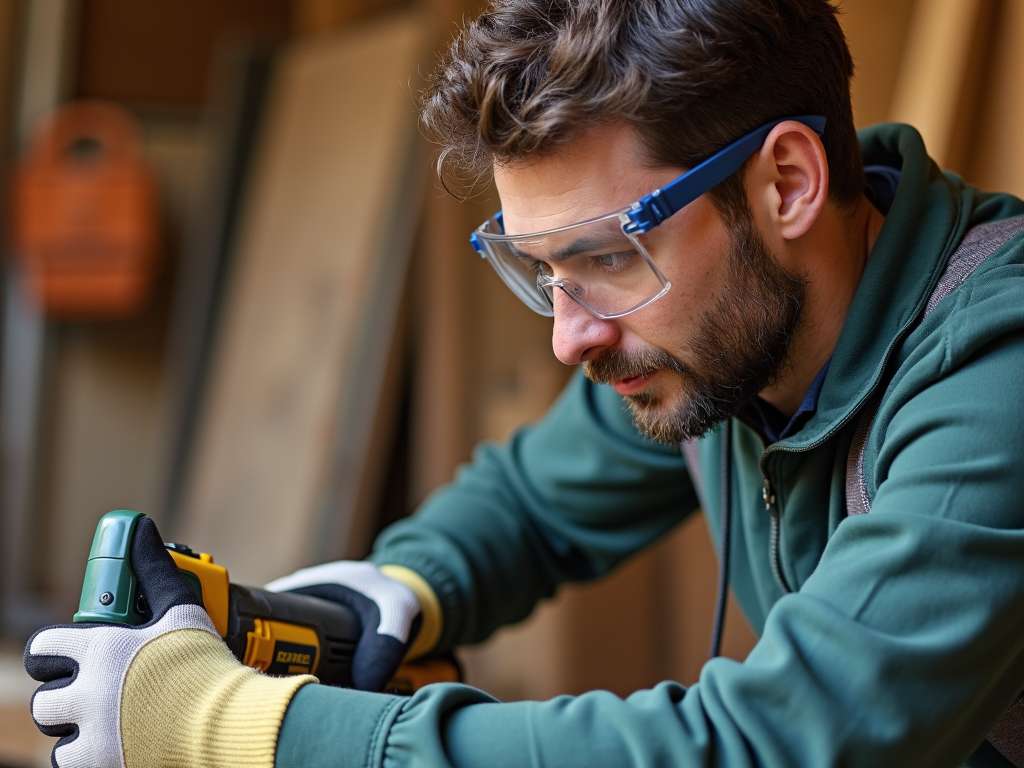
Troubleshooting Common Power Tool Issues
Sometimes, despite your best efforts, power tools can develop problems. Here are some common issues and how to address them:
Tool Won't Turn On
- Check the power source: Is the cord plugged in? Is the battery charged?
- Inspect the switch: It might be faulty and need replacement.
Weak Performance
- For cordless tools, the battery might be old or damaged. Consider replacing it.
- Check for obstructions or worn parts that could be causing resistance.
Overheating
- Ensure vents are clear and the tool is not being overworked.
- Allow the tool to cool down before using it again.

Conclusion
Maintaining your power tool collection, especially cordless drills, doesn't have to be complicated. By following these simple tips—cleaning regularly, lubricating moving parts, caring for batteries, and avoiding common mistakes—you can ensure your tools last longer and perform better. Remember, a well-maintained tool is not only more efficient but also safer to use.
Related Maintaining Your Power Tool Collection:
- Understanding Torque: Essentials for Every Mechanic
- Maximizing Productivity in Small Workshops: A Comprehensive Guide
- The Ultimate Guide to Choosing the Right Tool Belt for You
- The Ultimate Guide to Modern Workman Tools with Ergonomic Design
- Top 5 Multi-Tools Every Craftsman Needs
- Essential Workshop Setup Tips for a Productive and Safe Workspace
- How to Choose the Right Pipe for Your Plumbing Needs
- Case Studies: Successful Implementation of Automation in SMEs
- How to Stay Safe on Construction Sites: Essential Tips
- 10 Space-Saving Storage Solutions for Small Workshops
- Safety Practices in Home Electrical Repairs: A Comprehensive Guide
- Essential Workman Tools for Electricians and Plumbers

